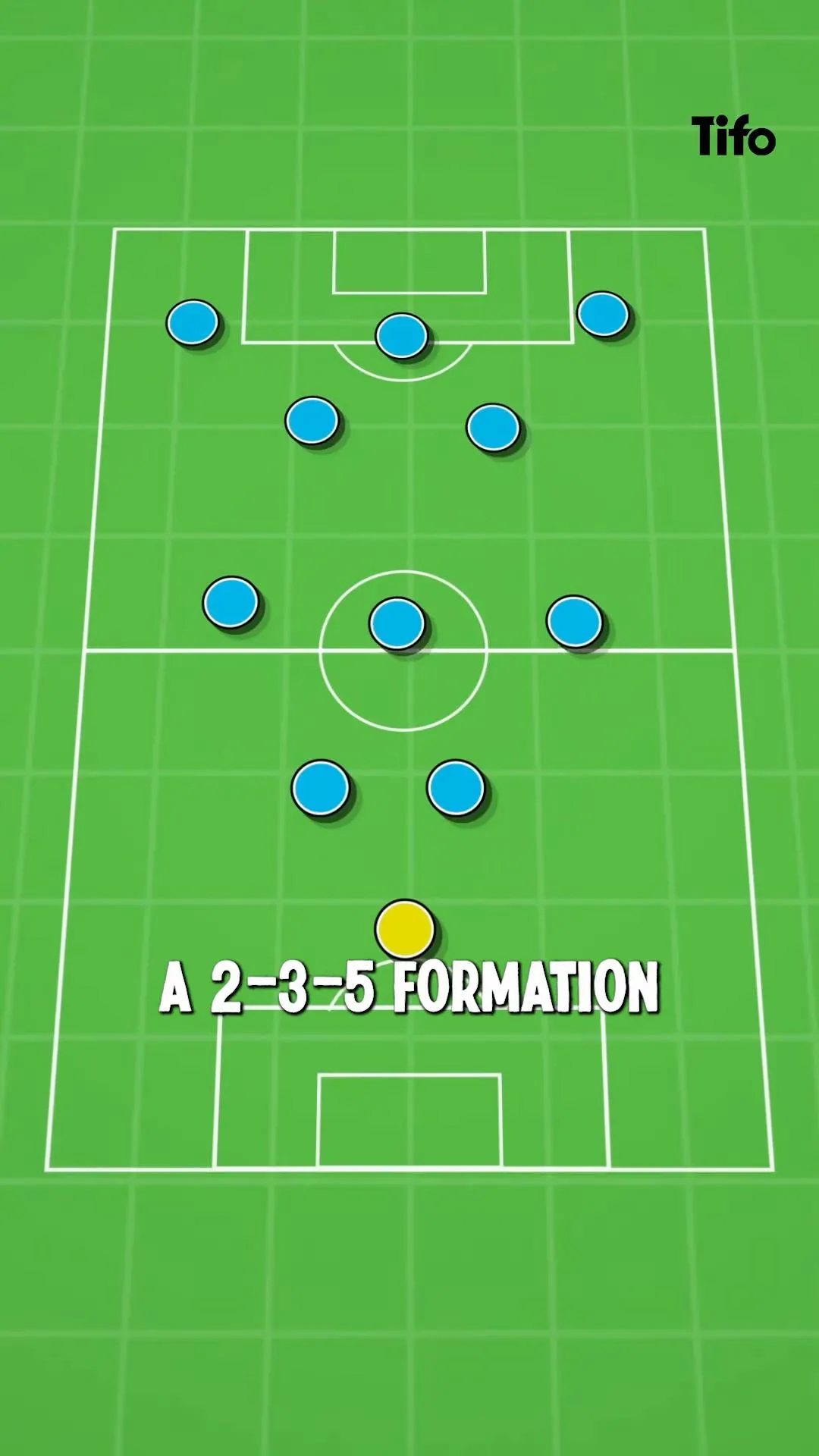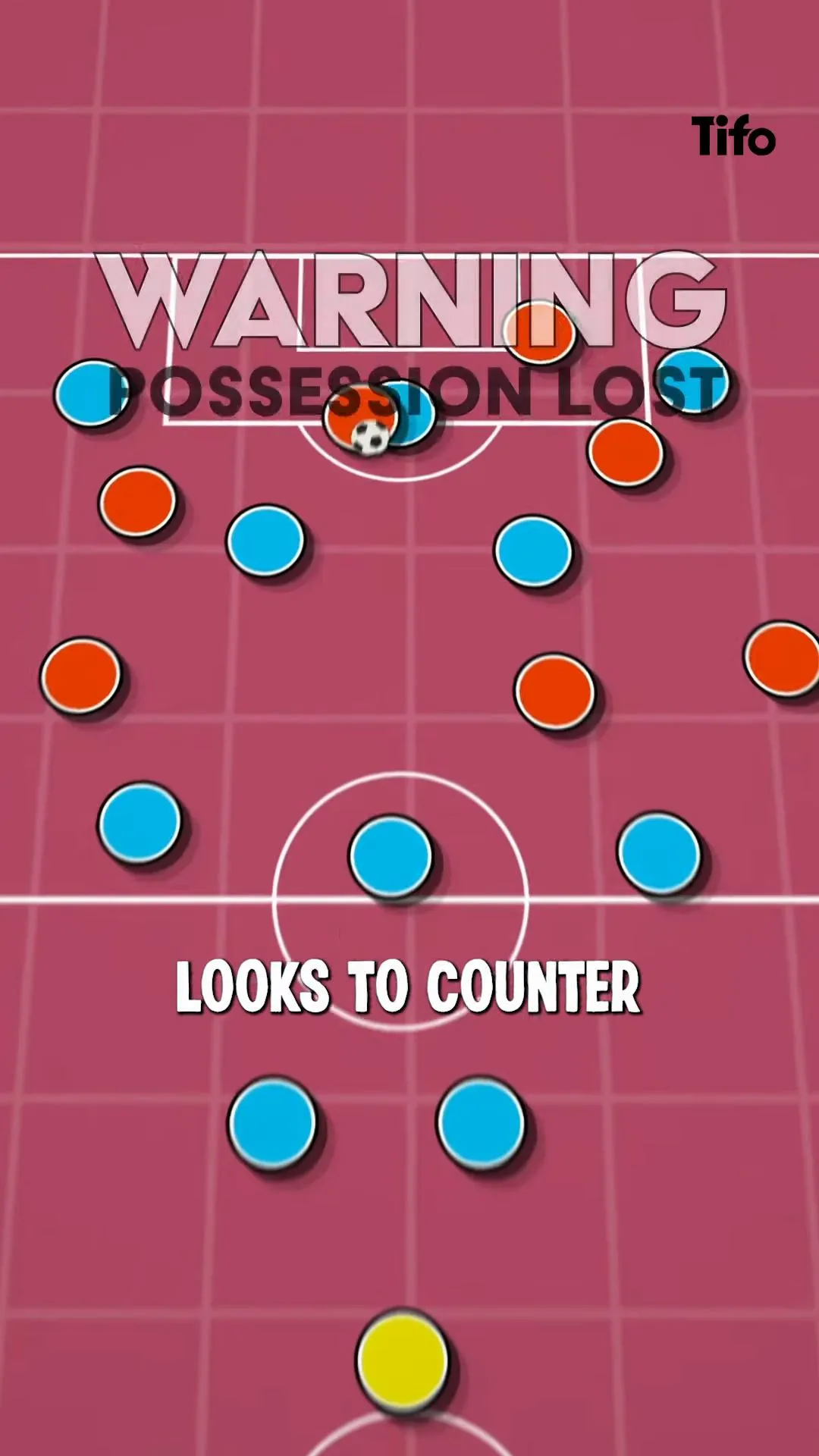Tactical fouling has become a cornerstone of modern football strategies, particularly for teams that prioritize an attacking style of play. But what exactly is tactical fouling? Essentially, a tactical foul is a deliberate act by a player to stop the flow of the game, rather than a genuine attempt to win the ball. This type of foul is usually subtle—a trip or a gentle pull—that interrupts the opponent’s momentum without drawing a yellow card. Why do teams use this method? It provides a crucial pause that allows players to regroup and reassess their defensive structure after losing possession, especially against fast counterattacks. This tactic is particularly effective when teams commit multiple players forward, as seen with Pep Guardiola’s Manchester City, which often employs a two-three-five formation when in possession.
Tactical Fouling: A Strategic Approach in Football
Tactical fouling serves as an essential strategy for teams seeking to maintain control during matches. By understanding the mechanics behind this approach, we can see how it impacts both the attacking and defensive phases of the game.
What Defines Tactical Fouling?
At its core, tactical fouling is about interruption without aggression. Players engage in these fouls to disrupt the opposing team’s rhythm. This is not just about stopping play; it’s a strategic decision that can alter the flow of the game.
Examples of Tactical Fouling in Action
- Manchester City: Known for their attacking play, they often resort to tactical fouling to prevent quick counterattacks.
- Barcelona: Under previous coaches, they utilized similar tactics to maintain possession and defensive shape.
- Italian Teams: Historically, teams like Juventus and AC Milan have been proficient in using tactical fouling as a defensive mechanism.
Key Takeaways on Tactical Fouling
Understanding tactical fouling is essential for both players and fans. Here are some key takeaways:
- Tactical fouling is a strategic move rather than a reckless action.
- It helps teams regain defensive organization after losing possession.
- Successful tactical fouling requires timing and discretion to avoid penalties.
- Teams employing this strategy can control the pace and rhythm of the game.

Implications of Tactical Fouling on Gameplay
The implications of tactical fouling extend beyond the immediate stoppage of play. It can influence how referees approach game management and affect team morale.
The Referee’s Perspective on Tactical Fouling
Referees play a critical role in how tactical fouling is perceived. The challenge lies in distinguishing between a genuine foul and a tactical one. Over time, referees may become attuned to teams that frequently employ these tactics, affecting how they officiate the match.
Team Morale and Tactical Fouling
For teams that rely heavily on tactical fouling, there can be a dual impact on morale:
- Positive: Players may feel empowered to disrupt opponents strategically, fostering a strong sense of teamwork.
- Negative: If overused, it can lead to frustration among players who might feel they are playing too defensively.
Best Practices for Implementing Tactical Fouling
To effectively implement tactical fouling, teams must consider several best practices:
- Timing is Key: Players must choose the right moments to commit tactical fouls, ideally when the opponent is transitioning.
- Subtlety Matters: The foul should be executed without drawing the referee’s ire—gentle trips and pulls are preferable.
- Communicate: Players should be aware of each other’s positions to minimize the risk of defensive breakdowns.

Exploring Tactical Fouling in Modern Football
Modern football has seen a rise in tactical fouling, with teams adapting their strategies to include this essential component. Coaches and analysts alike have begun to study the effectiveness of these fouls in relation to overall match outcomes.
The Role of Coaches in Tactical Fouling
Coaches play a vital role in teaching players when and how to execute tactical fouls. For example, Pep Guardiola has often emphasized the importance of regaining shape quickly after losing the ball. This philosophy is evident in Manchester City’s play style.
Analyzing Tactical Fouling Through Data
With the advent of technology in sports analytics, teams are now able to analyze the effectiveness of tactical fouling. By examining data on fouls committed, players can fine-tune their understanding of when these fouls are most beneficial.
As we delve deeper into the realm of tactical fouling, it’s evident that this strategy is not merely a matter of stopping play but rather an intricate part of modern football. For further insights, consider exploring sources such as Goal.com and join the conversation on Twitter.
As the game continues to evolve, understanding the nuances of tactical fouling will help players, coaches, and fans appreciate the complexities of football strategy. By effectively leveraging this tactic, teams can enhance their competitive edge and improve their chances of success on the field.
